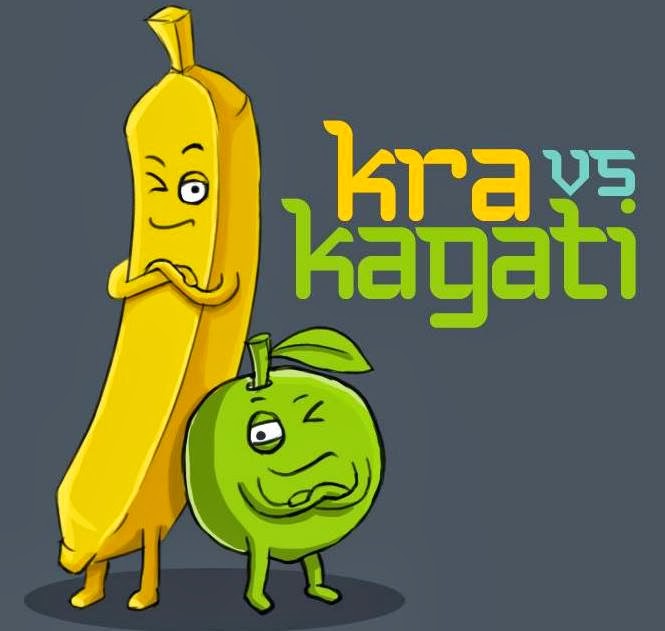Wild Honey..Indigenous food of the Himalayan region of Nepal
 |
| Indigenous Method of wild Honey Processing |
Honey is naturally
sweet,viscous liquid made from the nectar of flowers and collected by honey
bees. It Comes. Honey is the most important primary product of beekeeping
quantities, from both a quantitative and an economic aspect.
Wild Honey is an
indigenous food of the Higher Himalayan
region of Nepal including High Himalayas and High Mountain.Wild Honey is
Produced by Nepalese native wild honey bee viz. A. dorsata, A.dorsata, A.
florae and A. cerena.
Researchers have shown
that, Himalayan Honey has high free radical scavenging activity, free radicals that are highly
reactive molecules can
be extremely damaging to the lipids, proteins and cellular DNA which
may lead to
many biological complications, including carcinogenesis, mutagenesis,
aging, and atherosclerosis.
Potassium, magnesium, sodium, calcium,
phosphorus, iron, manganese, cobalt, copper and some other elements have been
identified in honey by spectral analysis.
Himalayan Honey of
Nepal is one of important indigenous food commodity which is enlisted by Nepal Trade Integration Strategy (NTIS)
under 19 export products which provide
competitive advantage to Nepali firms and industries over other countries in the global market.
Nepal Government has prioritized honey as a high value commodity. It is also
assisting entrepreneurs on promoting
Nepalese honey in
different markets. Nepalese
honey is
famous for
its unique taste
and it has
been already exported to
different countries. The major
consumers of Nepalese
honey are Germany,
Japan, Malaysia, Russia,
Taiwan, Korea, USA and India.
 |
| Field trip at Siklesh VDC of Kaski |
I have got chance to
participate in the field trip of faculty research on “Comparative Study of
Antioxidant Capacity of Two Kinds of Honey: Himalayan and Domestic”, of Pokhara University. During the course of our
field trip at Sikles VDC of Kaski, I have been observing that the main Problem was due the Conventional method
of Honey Harvesting and Processing Procedure.
The unique flavour of Himalayan honey and its naturally organic quality were
identified as a competitive advantage to the product. Despite this potential,
Nepali firms have not been able to export quality honey to the international
market and take maximum benefit out of it.
According to the recent research by the LiBIRD, Eco-tourism
with indigenous honey hunting communities can maintain traditional knowledge
and practices and enhance livelihoods. This will provide a basis for promoting
community based eco-tourism industry in Nepal. Tourism who come to Nepal in
group paying $250-$1500 to experience one honey hunting event, If done in
ecofriendly way, such a component of eco-tourism could provide a route out
poverty, with tourist being charge to
view and take part in honey hunting.
Ashim Sigdel is a Research Scholar on Food Science and Technology at Tribhuvan University,Pokhara Bigyan Tatha Prabidhi Campus, Pokhara
Ashim Sigdel is a Research Scholar on Food Science and Technology at Tribhuvan University,Pokhara Bigyan Tatha Prabidhi Campus, Pokhara
















0 comments:
Post a Comment